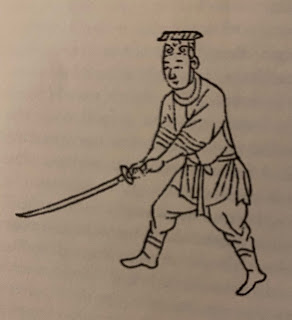Not sure if the headline makes sense. I have worked on Taegeuk 1-3 as documented in "Better Karate for Boys" by Sihak Henry Cho in 1970 and published them little by little over May 2025. I thought it was important to get them out there because I was sitting on what might be the only verifiable Ji Do Kwan Hyung as practised in Ji Do Kwan in the Kwan era. I was actually afraid something would happen to me so I could not finish and then the forms would have died out. Now I know at least two people will keep training and teaching them :-) But working with the Taegeuk Hyung of Ji Do Kwan made me very curious about the Oh Do Kwan variations.
You see in the 1965 book on Taekwondo which Choi Hong Hi published they are not mentioned nor included in the text, despite many of the Karate Kata still being included at that point. When looking at the older forms of the Oh Do Kwan most people gravitate toward the 1965 book simply because it is easy to get, and because it is written in english. The 1959 book which Choi Hong Hi also wrote but in Korean is also a great resource, but since it is in Korean most people who get to it look at the pictures but dont really take a deep dive into it. It might come as a surprise to those reading the 65 book that the 59 book does contain instructions (and illustrations) on the three taegeuk forms, but this time it is obviously the Oh Do Kwan versions of the forms. Were they copied directly from Shotokan? Did Choi Hong Hi and his team at Oh Do Kwan change them in any way? Read on if you want to learn the Oh Do Kwan versions or simply get an idea of how Taegeuk Hyung 1-3 were practised in different Kwan.












